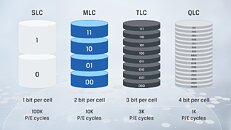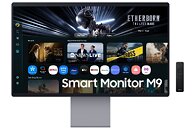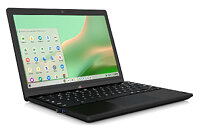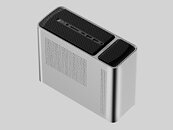
ASUS MH Series Clinical Displays Listed as Class 1 Devices by FDA, TFDA, and EU MDR
ASUS today announced that the latest MH series clinical displays have been listed as Class 1 devices by the US Food and Drug Administration (FDA), the Taiwan Food and Drug Administration (TFDA), and the European Union Medical Device Regulation (EU MDR). ASUS MH series clinical displays include the 32-inch / 8-megapixel MH3281A, the 27-inch / 4-megapixel MH2741A, and the 23.8-inch MH2441A. All are designed for radiology as well as Picture Archiving and Communication System (PACS) use. Each monitor meets the DICOM Part 14 Grayscale Standard Display Function (GSDF) AAPM TG270 standard, and each includes a scheduled calibration feature, dynamic brightness compensation, and dynamic DICOM compensation to ensure consistent and highly accurate medical images. In addition, each monitor features an anti-glare, low-reflection (AGLR) coating on the panel, and each has been certified by TÜV Rheinland to ensure flicker-free performance and low blue light emissions. These clinical displays also meet ISO 13485 requirements.














































































































































































































